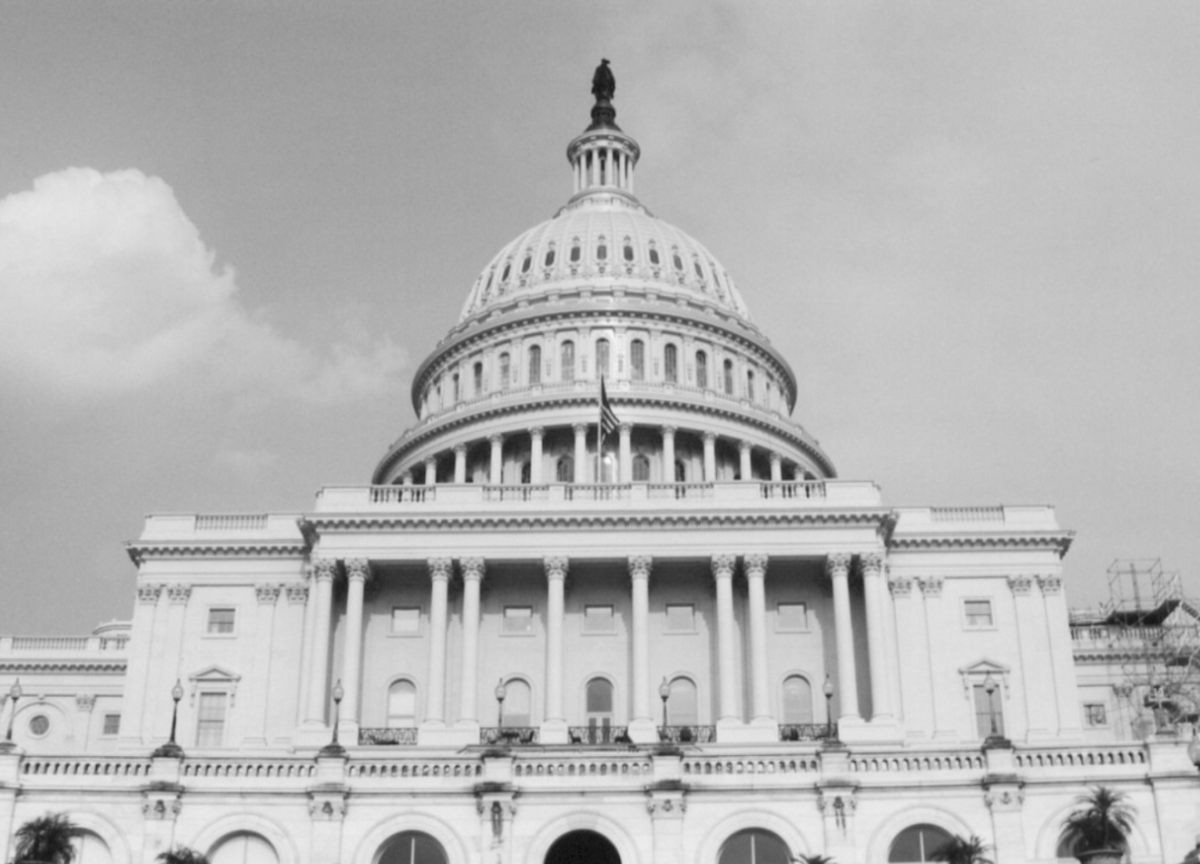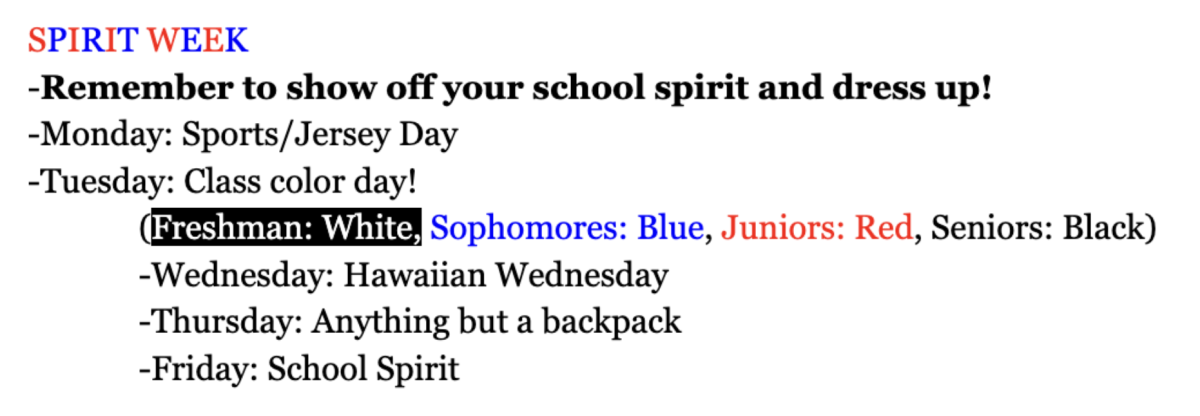Rebecca Lee
Editor-In-Chief
Driving through the Marina Green and looking for a parking spot before school, senior Brooke Thomas says she often glances towards her purse after her cell phone emits a beep and vibrates from its depths.

“Usually when I’m driving the most distracting thing is my cell phone,” Thomas, who has been driving for about nine months, said. “If it rings, I let it ring. And if I know it’s something important I’ll try to pull over to the side of the road, but if I can’t then I’ll still let it ring.”
Thomas, similar to more than 49 percent of teens surveyed by the Allstate Foundation, finds texting to be one of the largest distractions while driving. Texting takes a driver’s eyes off the road for an average of five seconds, according to the Virginia Tech Transportation Institute.
The California Highway Patrol tries to keep drivers safe by enforcing the Wireless Communications Device Law, says CHP Sgt. Trent Cross. The law forbids writing, sending or reading texts on cell phones while driving a motor vehicle in California.
“When a CHP officer pulls over a distracted driver, the repercussion is different depending on the circumstance,” Cross said. “We can give a verbal warning, a ticket or even make an arrest if the driver has made several similar offenses.”
California Vehicle Code §23123, bans all drivers from using their cell phone while driving except for emergency calls to a medical provider, the fire department or other emergency services.
Drivers older than 18 are allowed to use hands-free devices such as a Bluetooth earpiece, but CVC §23124 prohibits drivers under the age of 18 to use any type of hand-held phone or hands-free wireless device while driving.
“We believe that any other behavior while behind the wheel is a distraction that could possibly lead to a crash,” Cross said. “We strongly believe and encourage that drivers pay full attention while driving.”
Distracted driving is the cause for 16 percent of all fatal crashes for people under 20 years, according to the National Highway Traffic Safety Administration. A distraction occurs within three seconds before a vehicle crashes, according to a study released by the NHTSA and the Virginia Tech Transportation Institute.
“In order to safely operate a motor vehicle, it requires 100 percent of the driver’s attention,” Cross said.
Cross says that he has seen drivers detract attention away from the wheel by reading maps, shaving, applying make up or trying to keep pets and children in order.
“Sometimes when I’m driving it’s difficult for me to change [the song on] my iPod,” Thomas said. “I do it at a stop light, so sometimes I won’t notice that it turns green.”
Eighty percent of crashes involve some sort of distracted driving, according to the California Department of Motor Vehicles. Approximately a third of all deaths for 15 to 20-year-olds are car crashes. Two out of three teens die as passengers in a vehicle driven by another teen.
The Governors Highway Safety Association advises a driver to pull over to manage distractions such as kids or pets, turn off cell phones or set them on silent before getting in the car or ask a passenger to make or answer texts or calls in order to prevent disturbances while driving.
“When I see another driver who is distracted it makes me really nervous that they’re going to do something stupid,” Thomas said. “Even tiny mistakes can turn out to be very dangerous.”








